Writing essays can be tough at the best of times. Research needs to be conducted, facts harvested, thoughts and ideas analyzed. However, things get just a little bit tougher when the subject of art, like photography essay writing is included into the mix.
Photography, much like other forms of art, is highly subjective. What is pleasing to the eye of one individual may seem displeasing to the other. Likewise, what meaning one sees in a photograph can be drastically different from individual to individual.
Discerning what the artist is trying to convey through the image(s) will be the job of the writer when writing a photography essay, and they will use the elements found in the piece to defend their argument.
As with most essays the first step is taken long before a single letter is written or typed. In standard essays, the writer must perform copious amounts of research and basically go on a fact-finding mission to gather data points that will back up their thesis.
However, a photography essay begins with the writer doing nothing more than observing the photograph or photographs. They must endeavor to extrapolate as much information from those pieces as possible.
Artistic information such as composition and the use of light, technical information such as angles and what colors are being used, and finally what emotions does the photograph evoke. These will represent the data points that the writer can use to defend their thesis.
The thesis is a major part of any essay as it will be the driving force behind the entire paper. In most photography essay writing, the thesis will describe to the reader what the writer believes the photographer is trying to convey through their piece.
A picture of a man and a child fishing on a canoe over a mist covered lake, can be seen as a leisurely activity, but it can also represent those moments where father and son can bond through the passing of knowledge using the timeless activity of fishing.
The writer should take their time in forming a well thought out thesis and will often have to scratch beneath the surface of the picture, to try and see if there are depths of meaning captured in the photograph.
Just like standard or literary essays, the writer should take full advantage of the opportunities made available by the Introduction. Most writer see this section as nothing more than a place to state their thesis (which is partially true since it is technically where the thesis is written) and where the arguments for their thesis can be stated in brief.
However, with the Introduction the writer can not only make statements, but can usher the reader through the background story of the photograph. They can create context to what can otherwise be a cold and meaningless photograph.
This section can also be used to introduce the photographer and their style to the unassuming reader. Introductions need not be bland, nor do they need to be so restrained in their content or length.
Photography Essay Writing – Use Introductions
A proper Introduction filled with context will allow the writer to proceed with their arguments throughout their essay uninterrupted. That is, they will be free to present their points without having to provide background information on the artist, the setting, or subject.
This way, the essay will be more cohesive as the reader’s attention is not being pulled from the heart of the matter.
Speaking of arguments, each one must contain significant data or specific references to fortify the thesis in the reader’s mind. In the world of photography essays, this is known as visual evidence.
Where literary essayists require quotes and article references from trustworthy sources, a photography essayist rely on what they can pull from the image. Within the paragraphs that will comprise this section, the writer must use the artistic, technical and emotional information gleaned from the photograph to prove to the reader why their interpretation of the photographers message is the correct one.
This section allows the user to defend their point of view by using points like how the photographer frames the subject, the amount of light or lack of it, movement or even the composition. Visual evidences, as its name suggests, represents proof of the thesis’ veracity.
Every essay has a conclusion, and that’s naturally the same for photography Essay writing. Now for some writers, this merely serves as a spot to reiterate argument points and state how they prove that the thesis is correct. But, the truth is that this section of the essay can be developed into something so much more.
It is, in fact, the writer’s last opportunity to convince the reader of their viewpoint, and it is their chance to leave a last impression. Professional essayists should capitalize on this opportunity by describing in great detail the meaning that they observed in the photograph.


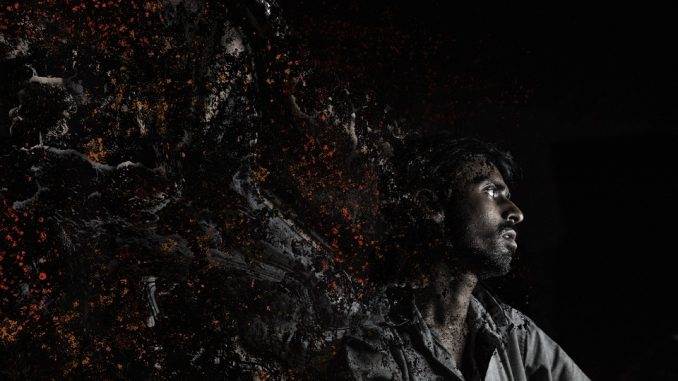
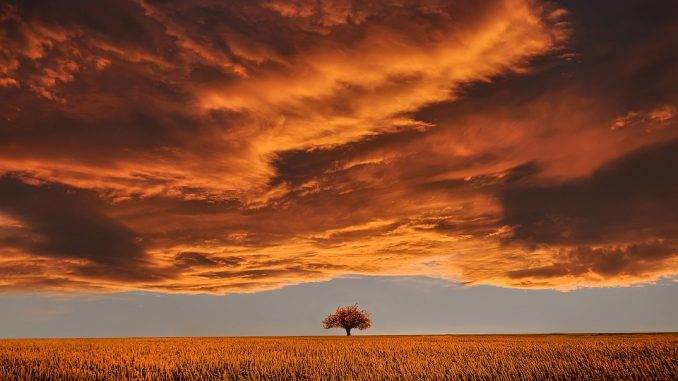
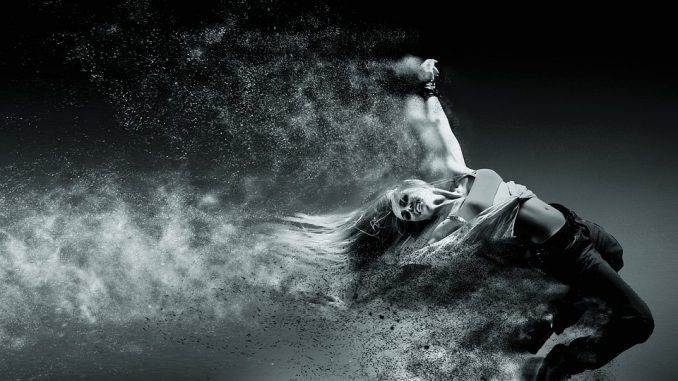

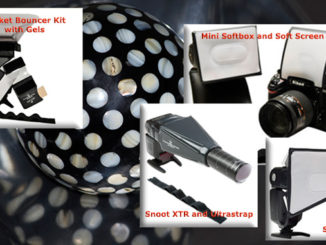
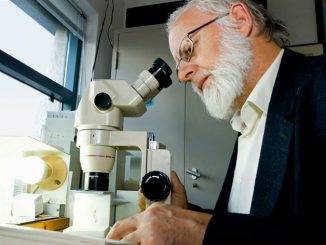
Leave a Reply